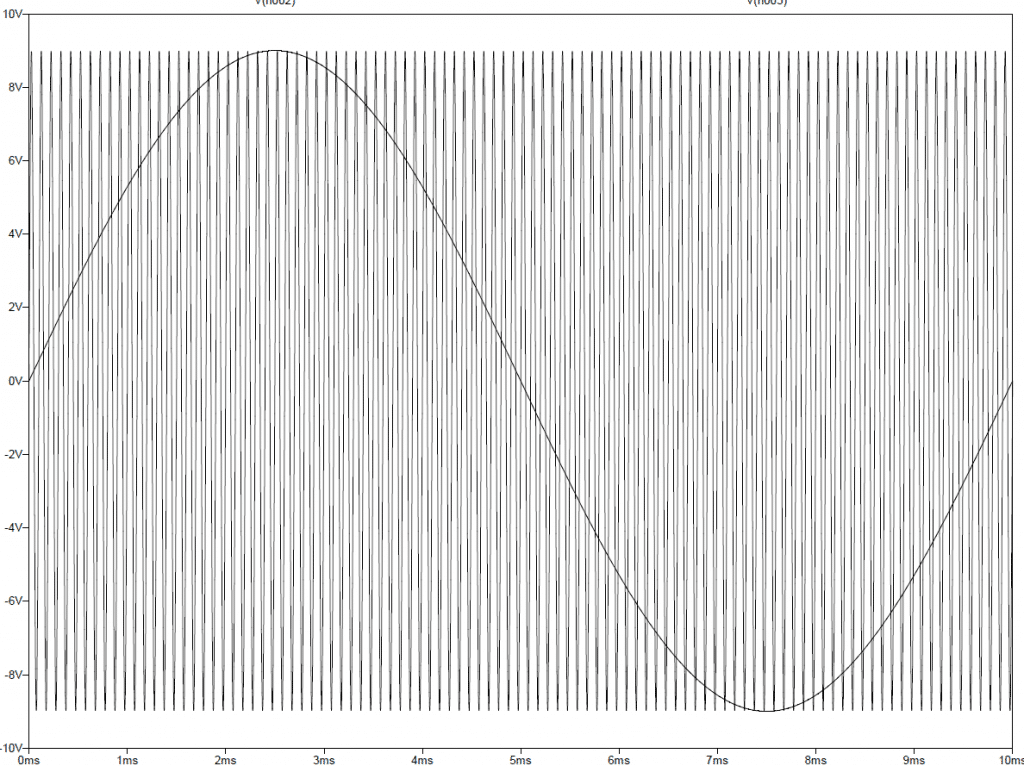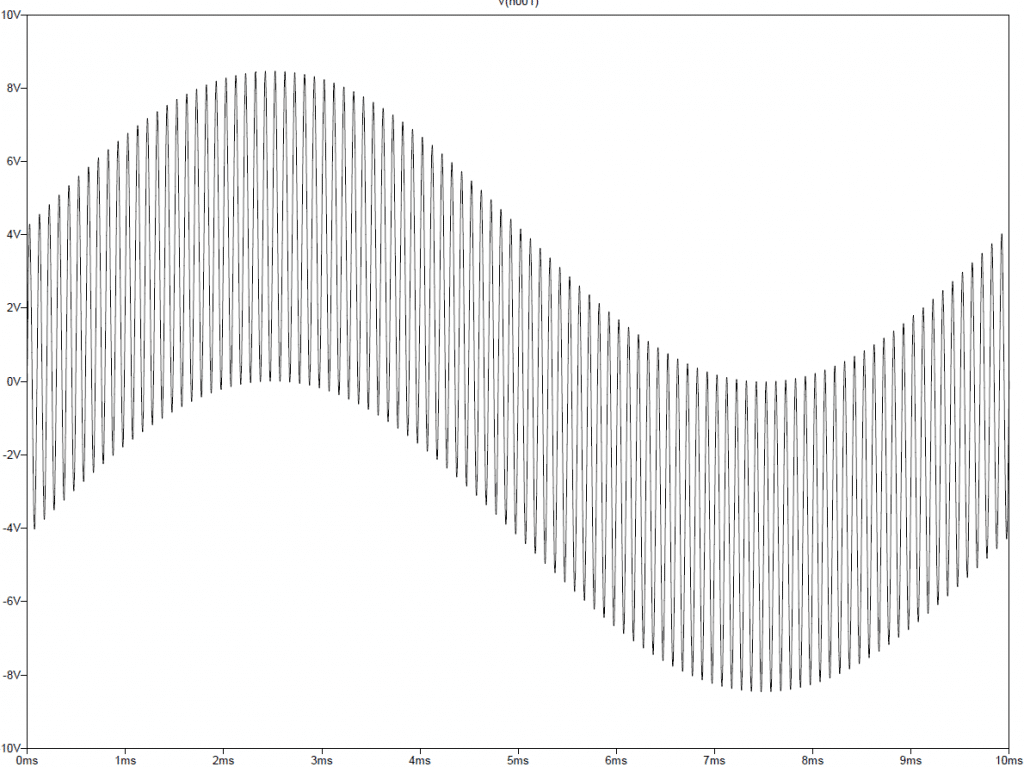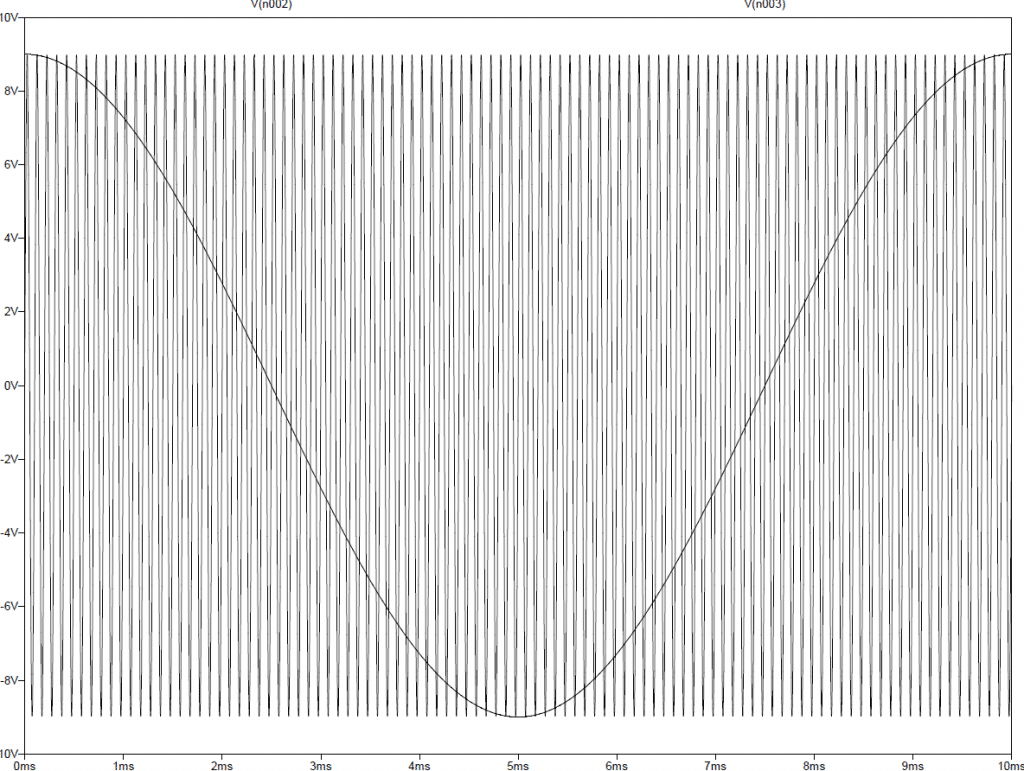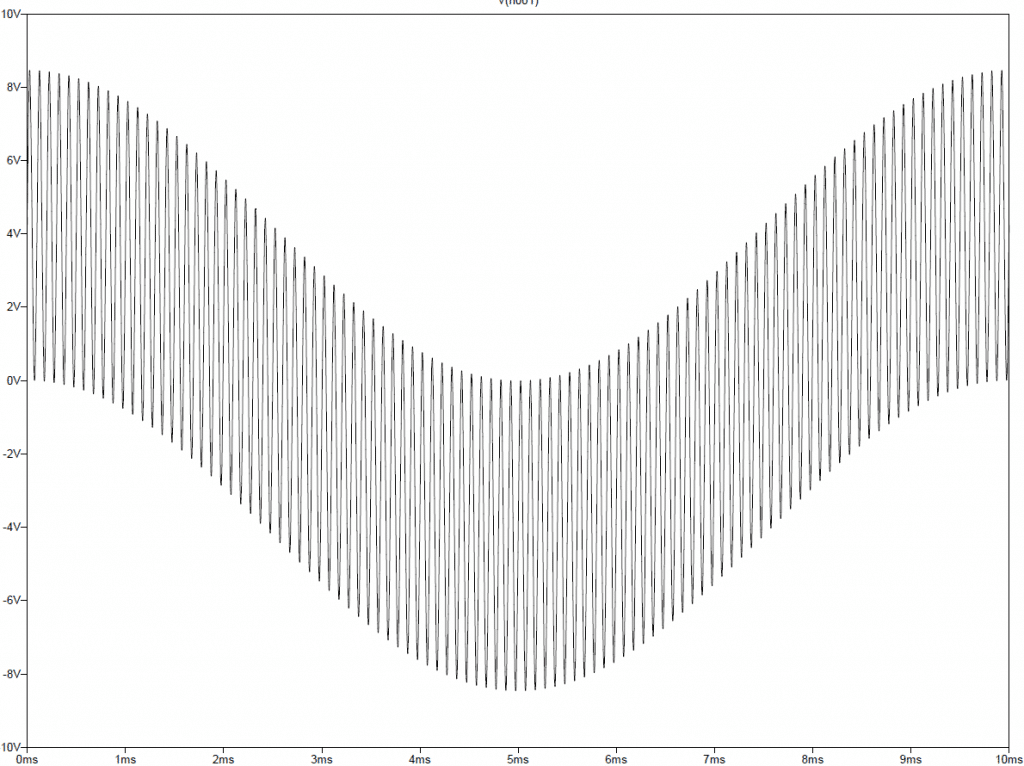Why phase distortion?

Colin Wonfor
Dear Colin, An audiophile friend made the following argument to me: "Stop looking for a new CD player. With a very good to excellent high-end interconnect you will not only improve the performance of the CD, but other downstream components."
I had to disagree with my friend claiming a $400 or $500 IC is not going to first, magically transform the playback sound quality of a $1000.00 CD player, or secondly, also improve the sound quality of downstream components. Improvements might be just marginal or moderate.
It strikes me that every level of CD player is designed with a set performance goal accomplished by the quality of its parts and construction. There is limit to what it can do. Obviously, a $50 IC will not bring it to peak performance like a $350 to $500 cable. And, there may even be ICs in the $250 range that may get a player close to that goal Let us assume for this issue the components can ALSO be either separates or an integrated amp.
Maybe, I am wrong and my friend is right. Nevertheless, I think my friend's argument is based more on selling me on the idea than qualifying his point.
I recall seeing in a recent thread about speaker cable recommendations where a member advised the poster to.... "change speakers first before going out and dropping a $1000 plus on new speaker cables" Obviously, the member felt that speakers of the poster were the weak link in the audio chain, not the cable on electronics. Would like to hear pros and cons on this issue. Jim
Oh Jim a big can of worms here buddy, Where do I start without filling the whole mag, mmm OK I try and make it simple.
First the load i.e. the speaker it is normally designed to have a load equivalent to 4 or 8 ohm for example but this isn't entirely consistent because the load on the amp will change with the frequency loading due to filters etc. What also happen is the a resistive load applied with a signal will have current and voltage in phase. In a speaker load this does not happen and can cause strange harmonics and will load the amp in ways that will depend on the amp design. A good designed amp will be OK but often the design can't cope as the load changes. The load also being the cable can and does have a huge effect if for example we had 100Hz and a 10KHz signal starting at the same time. As in Graph 1 below. But as you can see the load voltage is not what we send the load.


Now we will not start the two signals at the same time.


Has you can see the same tone where applied to the 8 ohm load but only the 100Hz was delayed or phase change by 90Deg. Now if the cable impedance changes at frequency due to skin effect this is what occurs; note that this graph is slightly exaggerated. So here comes for the worse case our solid core cooker cable (yuk) which is great at low frequency but as the frequency increase we use less conductor and with less conductor come higher resistance so with the capacitance of the cable and load we generate a time delay or phase error.
Now you say let's use multi strand wire , OK but what is the difference to cooker cable? If flexible but to be honest not much more then OK you can hear improvements but they are so small in analytical terms , but never forget you can hear them.
So to compromise we use multi core running in parallel with multicore , led to massive improvements at TQ, I did designs based on work I did at my original company called CatchXXII. I also went to the extremes looking at strange effects like electron drag, and conductor spacing and many other oddball things which caused me to scrap a lot of wire. So my work paid of for TQ as CatchXXII became Tellurium Q Ltd
This concept plus many more was and is used on interconnects and USB cables designed by me. The odd thing is I offered the design to another large UK company who said no thanks and never listened to it, what a shame.
Thank you for the question.
Colin

Comments
:-)
I remember your mentioning parallel multicore before...
I'm re-reading your piece and I understand a little more each time. I'm no engineer.